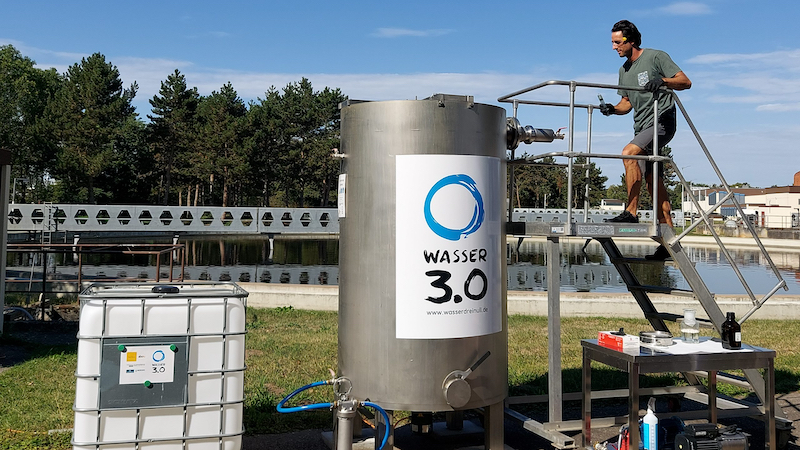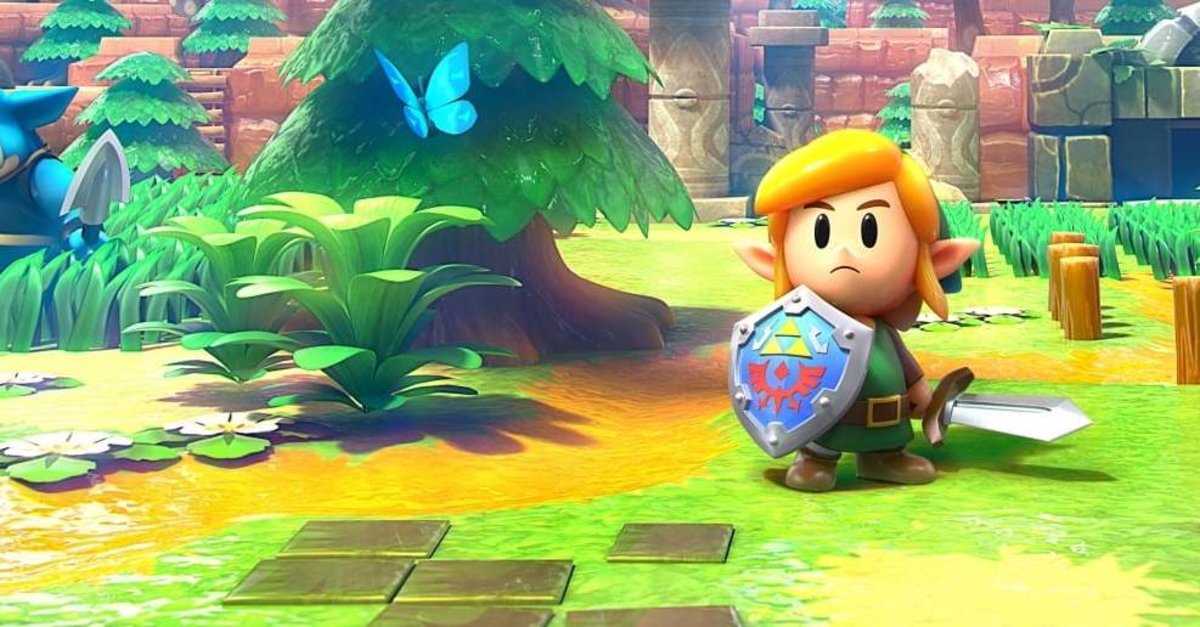German start-up declares war on microplastics
The German start-up Wasser 3.0 has developed a gel with which microplastics can apparently be removed from water relatively easily and inexpensively. The process is intended to ensure that the plastic clumps together so that it can then be removed.
Microplastics are and will remain a major problem for the environment and our health. The particles with a diameter of less than five millimeters are now almost everywhere – even in our blood. In the meantime, things are no better in the environment, because about 14 million tons of microplastics swim alone in the deep sea.
But how can the problem be solved? The German start-up is also asking this question water 3.0 pursued. The result is a gel called Wasser 3.0 PE-X, which is suitable for washing machines. In interaction with the vortices that arise during washing, plastic particles clump together so that they can then be disposed of.
The principle can be used to remove microplastics in the sea
But the process is not only suitable for the washing machine. On the contrary: Wasser 3.0 hopes to be able to clean our waters with the method. Because a lot of microplastics still end up in rivers and as a result also in the sea. Even sewage treatment plants reach their limits.
If, on the other hand, you put water 3.0 PE-X and waste water or seawater in a machine, a large part of the particles can be removed little by little. The agent is based on silicone and should not be toxic. Apparently, it can also get into the environment without great danger.
Water 3.0 is not focused on profits
A first attempt to do this has been running in a sewage treatment plant in Landau-Mörlheim since 2020. Those responsible were not in a bad position when they were able to remove around 272 kilograms of plastic from the water after around twelve months. So the gel could become a game changer in the fight against microplastics.
In addition, according to its own statements, Wasser 3.0 is not out for profit. The company intends to invest all proceeds in research in order to continuously develop the gel. If this succeeds, there may be significantly less plastic ending up in our waters and in our organisms in the future.
Also interesting:



